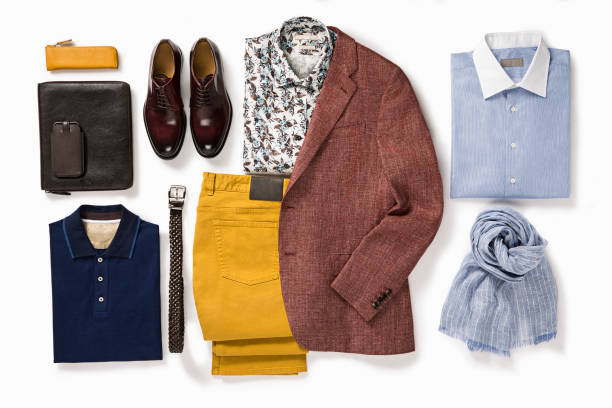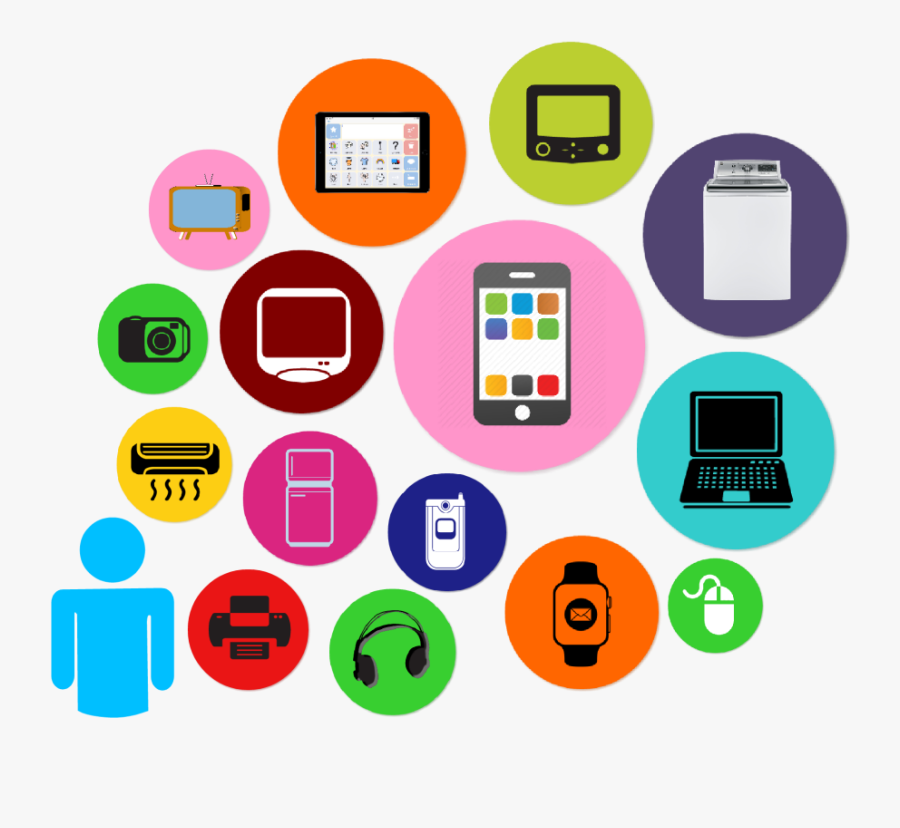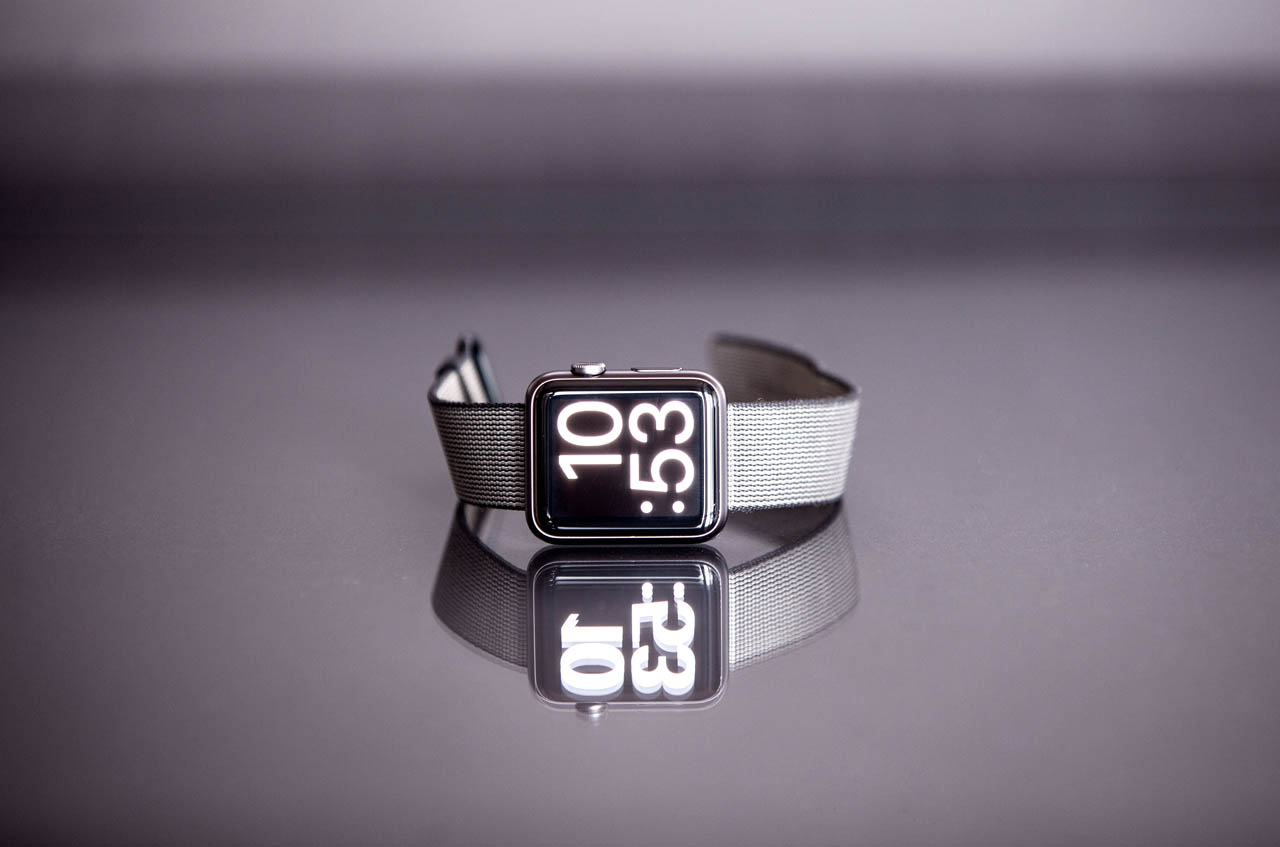Categories
Sponsored
Todays Deal
In the fast-paced world of e-commerce, impulse buying is a common phenomenon that affects many consumers. Impulse purchases are unplanned decisions to buy products or services made just moments before the actual purchase. Understanding the psychology behind impulse buying can help both consumers and businesses recognize the triggers and make more informed decisions. This comprehensive guide explores the psychological factors that drive impulse buying in e-commerce and how they influence consumer behaviour.
The Nature of Impulse Buying
What is Impulse Buying?
Impulse buying refers to spontaneous, unplanned purchases driven by emotional and psychological triggers rather than rational decision-making. These purchases often occur without prior intention or consideration of the long-term consequences. Impulse buying is influenced by various factors, including emotions, environmental cues, and marketing strategies.
Impulse buying can be categorized into different types, such as pure impulse buying, reminder impulse buying, suggestion impulse buying, and planned impulse buying. Each type is influenced by different triggers and contexts, highlighting the complexity of this behavior.
Psychological Triggers of Impulse Buying
Emotions and Mood
Emotions play a significant role in impulse buying. Positive emotions such as excitement, happiness, and joy can lead to impulsive purchases as consumers seek to maintain or enhance their mood. Conversely, negative emotions like stress, sadness, or boredom can also trigger impulse buying as a coping mechanism or a way to lift one’s spirits.
- Example: A consumer feeling stressed after a long day at work may indulge in online shopping to relieve stress and improve their mood.
Retailers often create shopping environments that evoke positive emotions, such as visually appealing websites, engaging content, and cheerful customer service. These elements can enhance the overall shopping experience and increase the likelihood of impulse purchases.
The Role of Immediate Gratification
Seeking Instant Rewards
Impulse buying is often driven by the desire for immediate gratification. Consumers seek instant rewards and satisfaction from their purchases, which can be more compelling than the long-term benefits of saving money or making thoughtful decisions. E-commerce platforms capitalize on this desire by offering features like one-click purchasing and instant payment options.
- Example: A consumer browsing an online store may be enticed by a “limited time offer” and make a quick purchase to experience the immediate thrill of getting a good deal.
The concept of immediate gratification is rooted in the human tendency to prefer short-term rewards over long-term benefits. This psychological bias, known as temporal discounting, makes it challenging for consumers to resist the allure of instant rewards, leading to impulsive buying behaviour.
The Impact of Scarcity and Urgency
Limited-Time Offers and Flash Sales
Scarcity and urgency are powerful psychological triggers that can drive impulse buying. Limited time offers, flash sales, and countdown timers create a sense of urgency, prompting consumers to make quick decisions to avoid missing out on a perceived opportunity.
- Example: A flash sale with a countdown timer creates a sense of urgency, encouraging consumers to make impulsive purchases before the sale ends.
The principle of scarcity, which suggests that people value items that are perceived to be in limited supply, is a well-established psychological concept. Marketers leverage this principle to create a fear of missing out (FOMO), making consumers more likely to act impulsively.
Social Influence and FOMO
The Fear of Missing Out
Social influence and the fear of missing out (FOMO) are significant drivers of impulse buying. Seeing friends, influencers, or other consumers purchasing and enjoying a product can create a sense of urgency and desire to be part of the trend. Social media platforms amplify this effect by showcasing real-time purchases and user-generated content.
- Example: A consumer sees an influencer on Instagram promoting a new product and feels the need to buy it immediately to stay in the loop and avoid missing out.
FOMO is a psychological phenomenon characterized by the fear of being excluded from rewarding experiences. Social media exacerbates this fear by constantly exposing users to the activities and purchases of others, making them more susceptible to impulse buying.
The Role of Convenience and Ease of Access
Simplified Shopping Experience
The convenience and ease of access provided by e-commerce platforms contribute to impulse buying. Features like saved payment information, personalized recommendations, and one-click purchasing simplify the shopping process, making it easier for consumers to make quick, unplanned purchases.
- Example: A consumer with saved payment information on an e-commerce app can make a purchase with just a few taps, reducing the friction and increasing the likelihood of impulse buying.
E-commerce platforms are designed to minimize obstacles and streamline the shopping process. By reducing the effort required to make a purchase, these platforms increase the likelihood of impulsive decisions, especially when combined with other psychological triggers.
Effective Marketing Strategies
Targeted Advertising and Personalization
Marketing strategies that leverage targeted advertising and personalization can significantly influence impulse buying. Personalized ads and product recommendations based on browsing history and past purchases create a tailored shopping experience that encourages impulsive decisions.
- Example: A consumer receives a personalized email with product recommendations based on their previous purchases, leading to an impulse buy.
Personalization taps into the human desire for relevance and tailored experiences. By delivering content that aligns with individual preferences, marketers can increase the perceived value of products and create a sense of urgency to purchase.
Sensory Cues and Visual Appeal
Attractive Product Displays and Imagery
Sensory cues and visual appeal play a crucial role in impulse buying. Attractive product displays, high-quality images, and engaging videos capture consumers’ attention and evoke positive emotions, increasing the likelihood of impulsive purchases.
- Example: An online store with visually appealing product images and videos can entice consumers to make unplanned purchases.
The use of sensory marketing, which appeals to the senses of sight, sound, and touch, can create a more immersive and engaging shopping experience. By stimulating the senses, marketers can evoke emotional responses that drive impulse buying.
The Role of Rewards and Incentives
Discounts, Coupons, and Loyalty Programs
Rewards and incentives such as discounts, coupons, and loyalty programs can trigger impulse buying by offering additional value and savings. These incentives create a sense of reward and satisfaction, prompting consumers to make quick, unplanned purchases to take advantage of the offers.
- Example: A consumer receives a discount code for their next purchase and decides to use it immediately to get a good deal.
Incentive-based marketing leverages the principles of operant conditioning, where behavior is influenced by rewards and punishments. By offering rewards and incentives, marketers can reinforce impulsive buying behavior and create a cycle of repeated purchases.
Strategies for Managing Impulse Buying
Tips for Consumers
While impulse buying can bring temporary satisfaction, it can also lead to regret and financial strain. Here are some strategies for consumers to manage and reduce impulse buying:
- Create a Shopping List: Make a list of items you need before shopping online and stick to it to avoid unplanned purchases.
- Set a Budget: Establish a budget for online shopping and monitor your spending to stay within your limits.
- Pause and Reflect: Before making a purchase, pause and reflect on whether you truly need the item and if it aligns with your long-term goals.
- Limit Exposure to Triggers: Reduce exposure to impulse buying triggers, such as unsubscribing from promotional emails or limiting time spent on social media.
- Use Cash Instead of Credit: Using cash or debit cards instead of credit cards can help curb impulsive spending by making you more aware of your spending.
By implementing these strategies, consumers can regain control over their spending habits and make more mindful purchasing decisions. Awareness of psychological triggers and adopting proactive measures can lead to a more satisfying and financially responsible shopping experience.
Conclusion
Understanding the psychology behind impulse buying in e-commerce can help consumers make more informed decisions and manage their spending habits. By recognizing the triggers and implementing strategies to reduce impulsive purchases, consumers can enjoy a more mindful and satisfying shopping experience. For businesses, leveraging these psychological insights can enhance marketing strategies and drive sales while maintaining ethical and responsible practices.
Written by Ominy Market
Sponsored
Hot Offer!
- Image
- Rating
- Price
- Availability
- Add to cart
- Description
- Content
- Weight
- Dimensions
- Additional information
- Home
- Menu
- Login / SignupMy account Account

 Hair attachments and weavons
Hair attachments and weavons Clothing
Clothing Men's Clothing
Men's Clothing Women's Clothing
Women's Clothing Laptops
Laptops Consumer electronics
Consumer electronics Storage devices
Storage devices Computer Accessories????
Computer Accessories???? Kids and babies
Kids and babies Watches
Watches Work protection and security
Work protection and security
Leave a Reply
You must be logged in to post a comment.